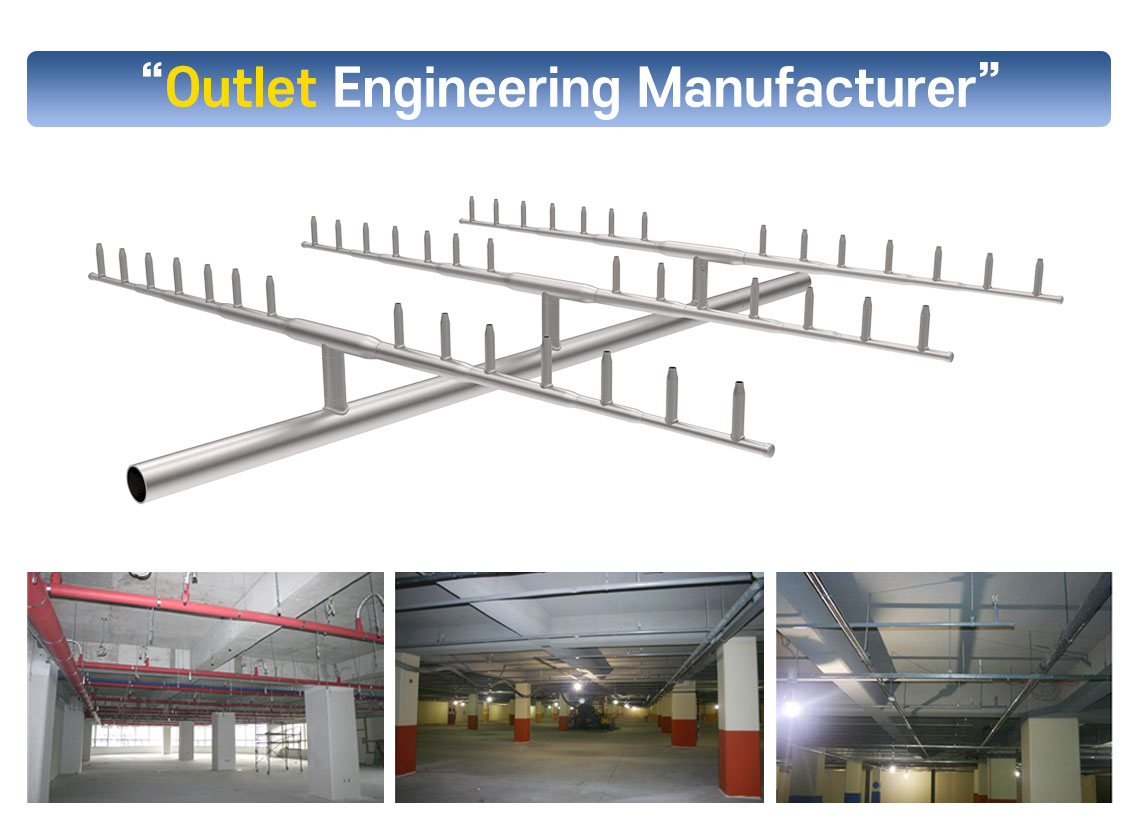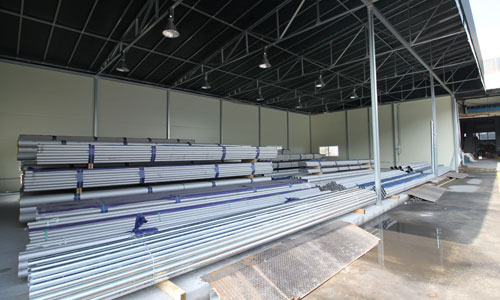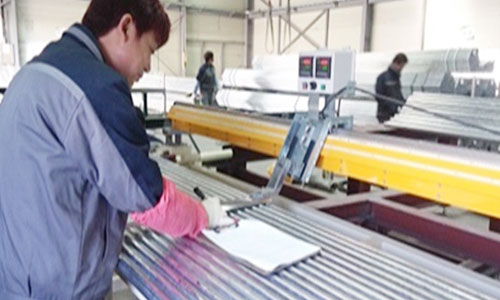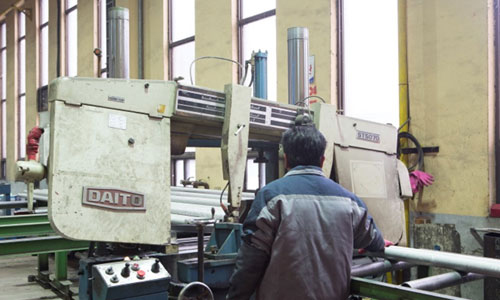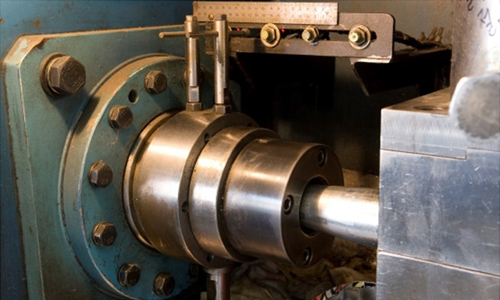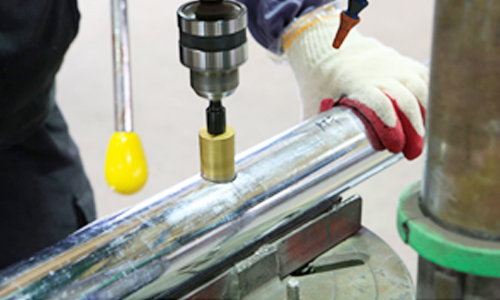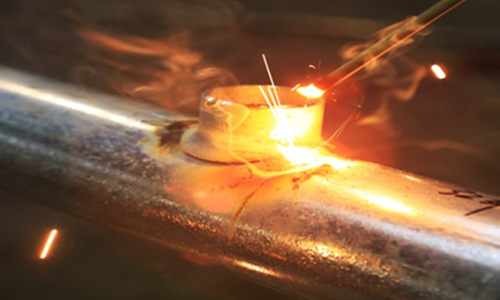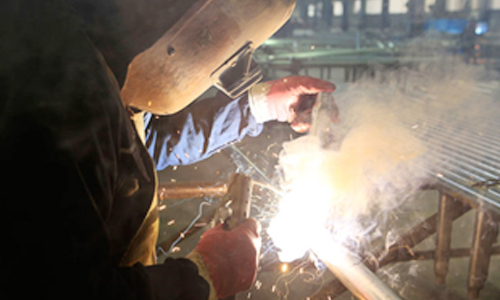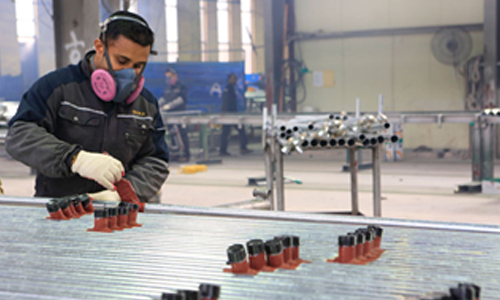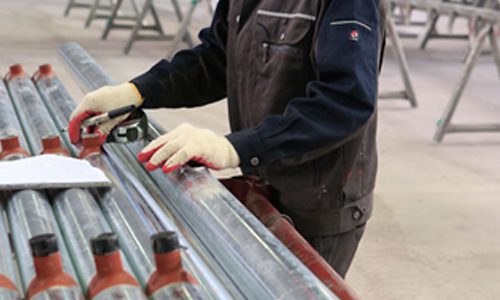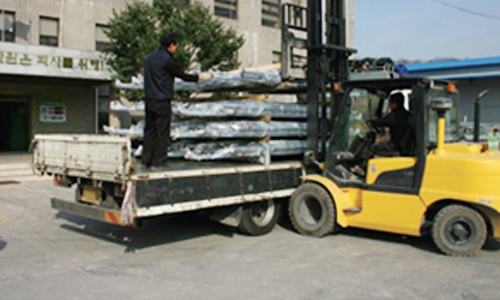The sprinkler equipment, which is the most basic Suppression System against fire, can function properly only when branch piping, newly-constructed piping, pipe joints for Suppression System, head, etc. are organically connected by cutting, perforating and welding.
PLS Suppression System pipe outlet engineering does not artificially widen the pipe, but by welding the cold-forged Suppression System pipe outlet after perforating the pipe, it has sufficient strength, corrosion resistance and heat resistance.
This outlet engineering method is widely used in advanced countries such as in the U.S.



